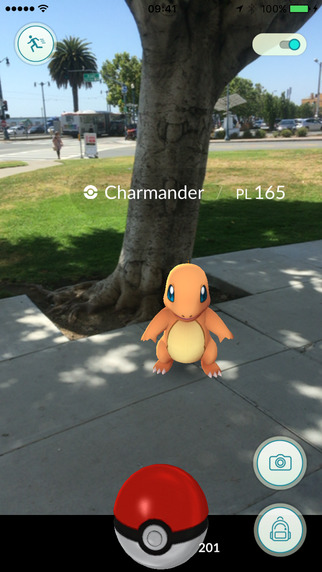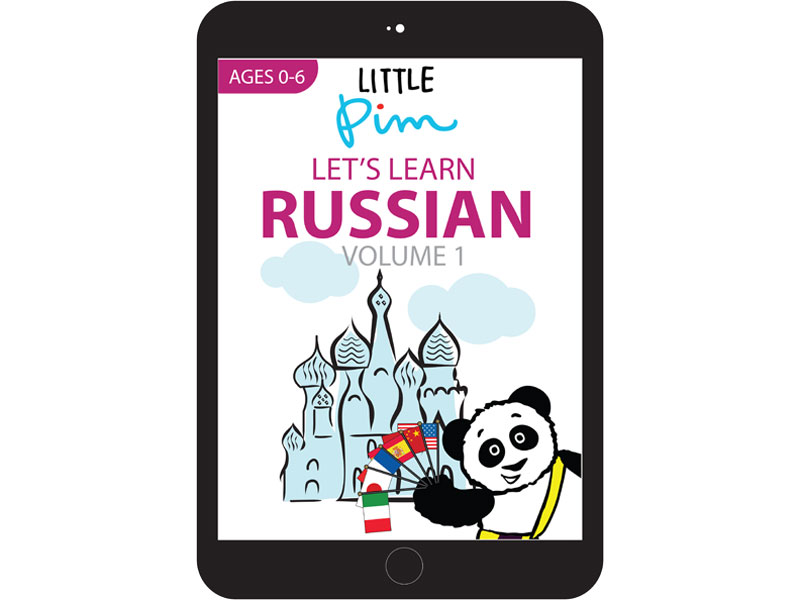Like many mobile apps, playing Pokémon Go will require use of your cell phone's data, so hopefully you have an unlimited data plan or else you'll probably start receiving texts from your carrier warning you that you've used a majority of your data this month. If you're hitting the max data allowed per month, you may need to have your data turned off until the cycle restarts. Also, this app will do a number on your battery life. Make sure you're fully charged before you head out the door or carry a charger with you.
Make it Fun AND Educational
Playing the app can be rather simple once you understand what to do. You're playing as the Pokémon trainer who collects Pokémon (cute, little "pocket monsters" with unique traits and skills) outside. The app connects to your GPS to show you your location and the whereabouts of Pokémon in the wild, nearby PokéStops, and gyms where you can virtually battle other players. At the end of the day, you and your kids could be walking miles on this virtual scavenger hunt while discovering local landmarks and small businesses that you'd normally never visit. This provides a great opportunity for kids to get outside and explore, with your supervision of course.
When you get to a PokéStop and it's a historical landmark, spend time with your little ones to read about the landmark and start discussions about the history. Playing Pokémon Go during summer vacation can be a fun way to teach your kids about your local surroundings and to provide incentives to take trips to the library or museum for more typical summer learning. You can even use family trips to a local gym or PokéStop as an incentive for finishing a desired task or summer reading.
Always Be Aware of Your Surroundings
According the the AppStore and Google Play store, the recommended age to play is 9+ years due to a warning for "Infrequent/Mild Cartoon or Fantasy Violence." Our biggest concern is having little kids roaming the streets while looking down at their device ("distracted walking") or being "lured" into a dangerous area, which is why we recommend that a parent or guardian is always present to supervise your children, especially your young ones when playing this app. Recent reports mentioned that players are using the "lures" (a feature used to lure more Pokémon to a location) to plan a robbery or to lure children. Always look up when walking and hold onto your kids when crossing a street or intersection. We recommend playing this game at your local park or an area where there is little traffic.
Another part of the game involves eggs that hatch into new Pokémon. When you collect an egg, you can incubate it by walking a certain distance (2 km, 5km, 10km) to make it hatch. We love that this feature gets you and your whole family outdoors walking instead of indoors on the couch. Different types of locations have different varieties of Pokémon, so you will have plenty of opportunities to explore fun spots with your kids, for example, when you visit a body of water such as a lake or river, you will see more water Pokémon.
It's a Great Way to Make new Friends
Parents playing the app with their little ones will quickly notice they aren't the only ones. When walking to a PokéStop or local museum or library that put out a lure to gather people for an event, you will most likely make a connection with another family. Since school is out, now's the perfect time to get out there and meet other parents and children who have similar interests. It's also a great opportunity to connect with your local area's small business owners and support them by buying the family ice cream or a delicious pizza pie!
Due to the game's diverse players, you're probably going to meet a bunch of families who are also raising bilingual children. This gives your kids a great opportunity to practice speaking in their second language with other children their age.
Language Learning with Pokémon Go
Here at Little Pim, we're all about making language learning fun, easy, and effective for young children. We thought of ways to tie in language learning into the game to keep their brains active all summer long.
Counting
You can have your kids count the number of steps to catch the Pokémon in the foreign language they are learning. If the Pokémon is further away, help them out with the bigger numbers and eventually they will learn all the numbers in the new language.
This app also forces you to learn the metric system as the distance to walk to hatch your eggs is in kilometers you can convert them to miles. A recent article by MentalFloss pointed out that according to Google Trends, searches for “how far is 2 km” and “how far is 5 km” spiked after July 6.
Vocabulary
Create your own flashcard set with a Pokémon Go theme. Choose vocabulary words that you encounter while playing the game, i.e. street, library, tree, ball, catch, throw, as well as all the related animal names you can think of. If you're child is learning Japanese with Little Pim, teach them the 1st Generation Japanese and English Names:
[iframe id="https://www.youtube.com/embed/8_gjbvAYhzw?rel=0" align="center" autoplay="no"]
Explore New Cultures




















